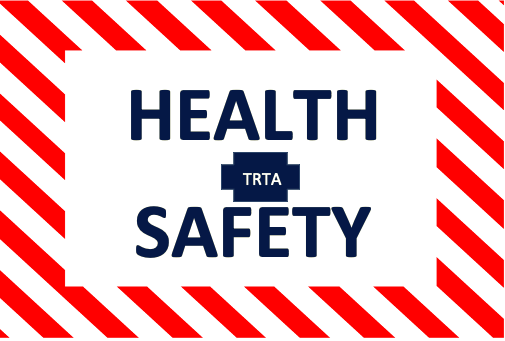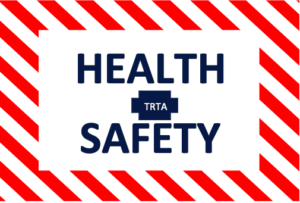- Wash your feet daily and dry completely; moisturize but not between toes
- Change socks at least once daily
- Do not go barefoot
- Check for cuts, sores, swelling, dryness or infected toenails; apply treatment
- Wear well-fitting footwear and replace if footwear is worn out
- Measure feet periodically as size and width can change over time
- Only use licensed, clean nail salons with sterilized instruments
- Cut toenails straight across and not too short
- Prevent bunions and hammertoes by wearing shoes with plenty of toe room
- Stiff joints in feet or ankles could be a sign of arthritis elsewhere
- Swollen feet could warn of high blood pressure, kidney or heart disease
- Tingling, burning or numbness might signal nerve damage—possible diabetes
- Wear supportive footwear to assist with balance and stabilization
- Foot pain can cause dysfunction in back, hips and knees
- Get physician foot exam during your normal medical checkups
Source: National Institute of Health


